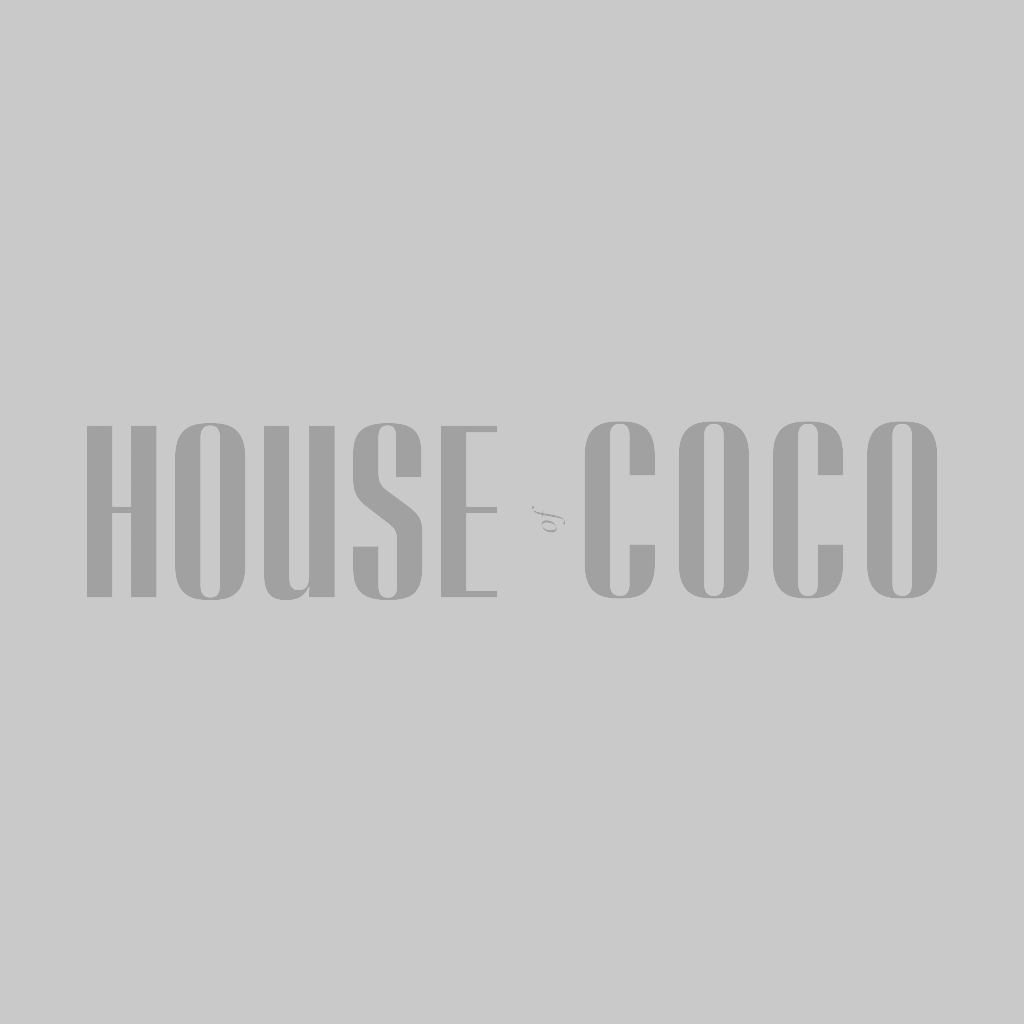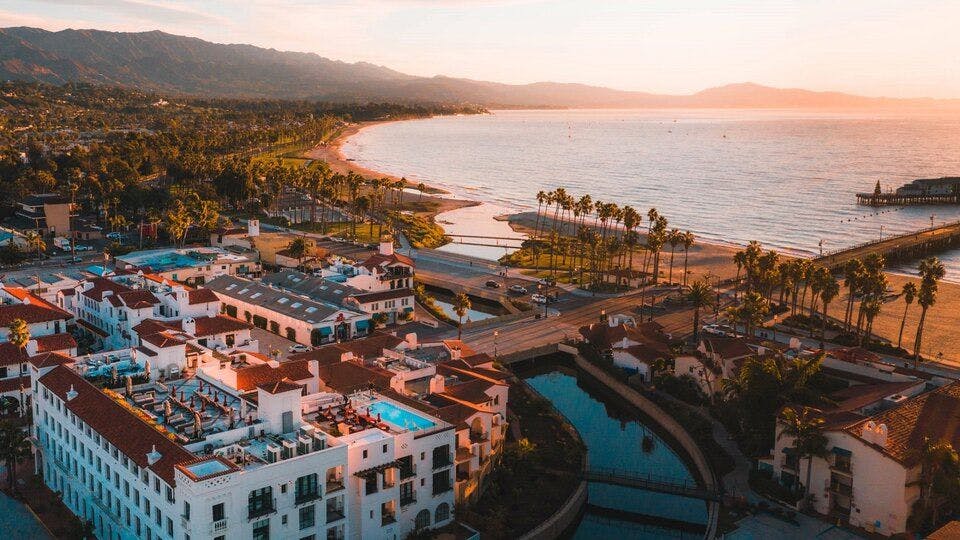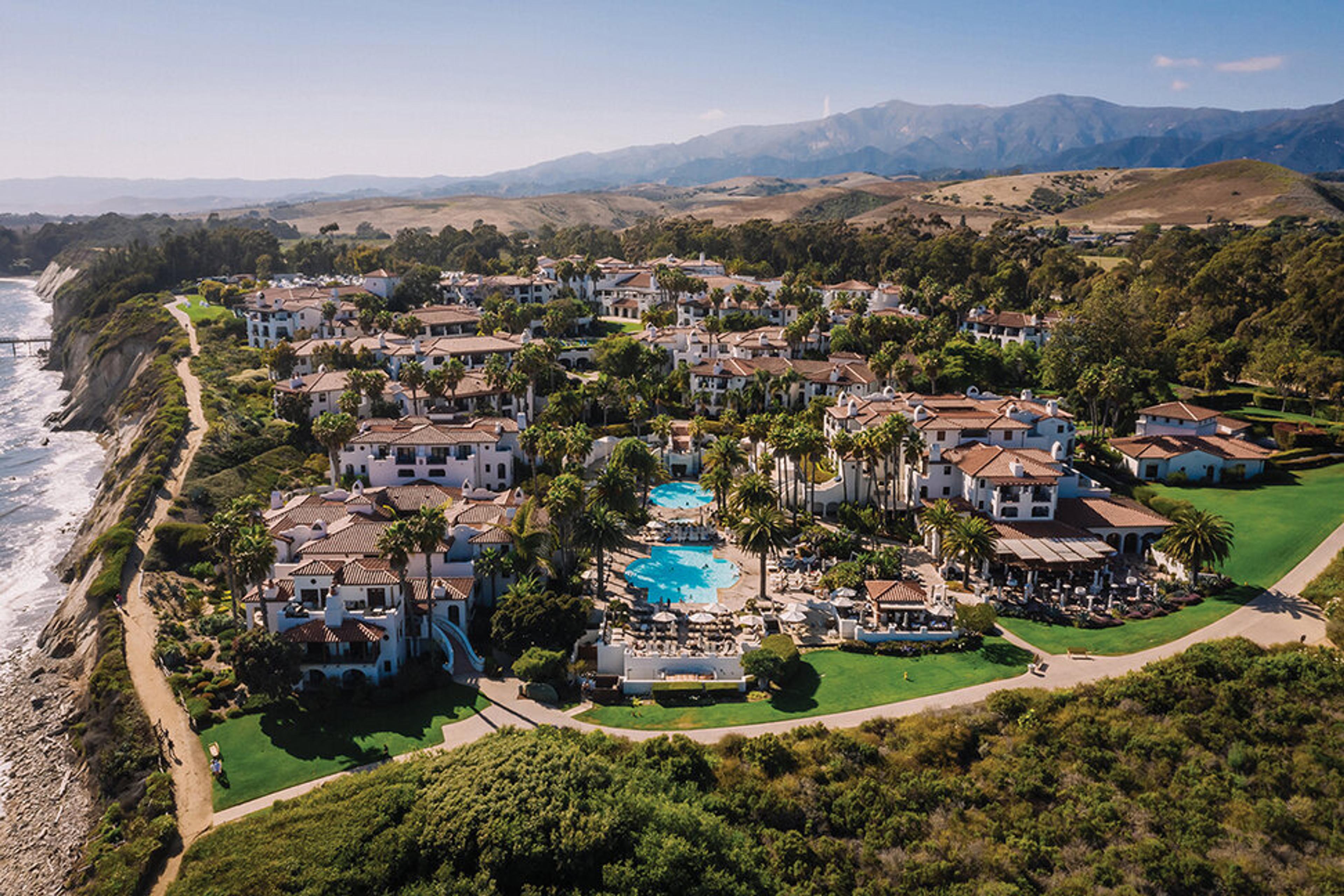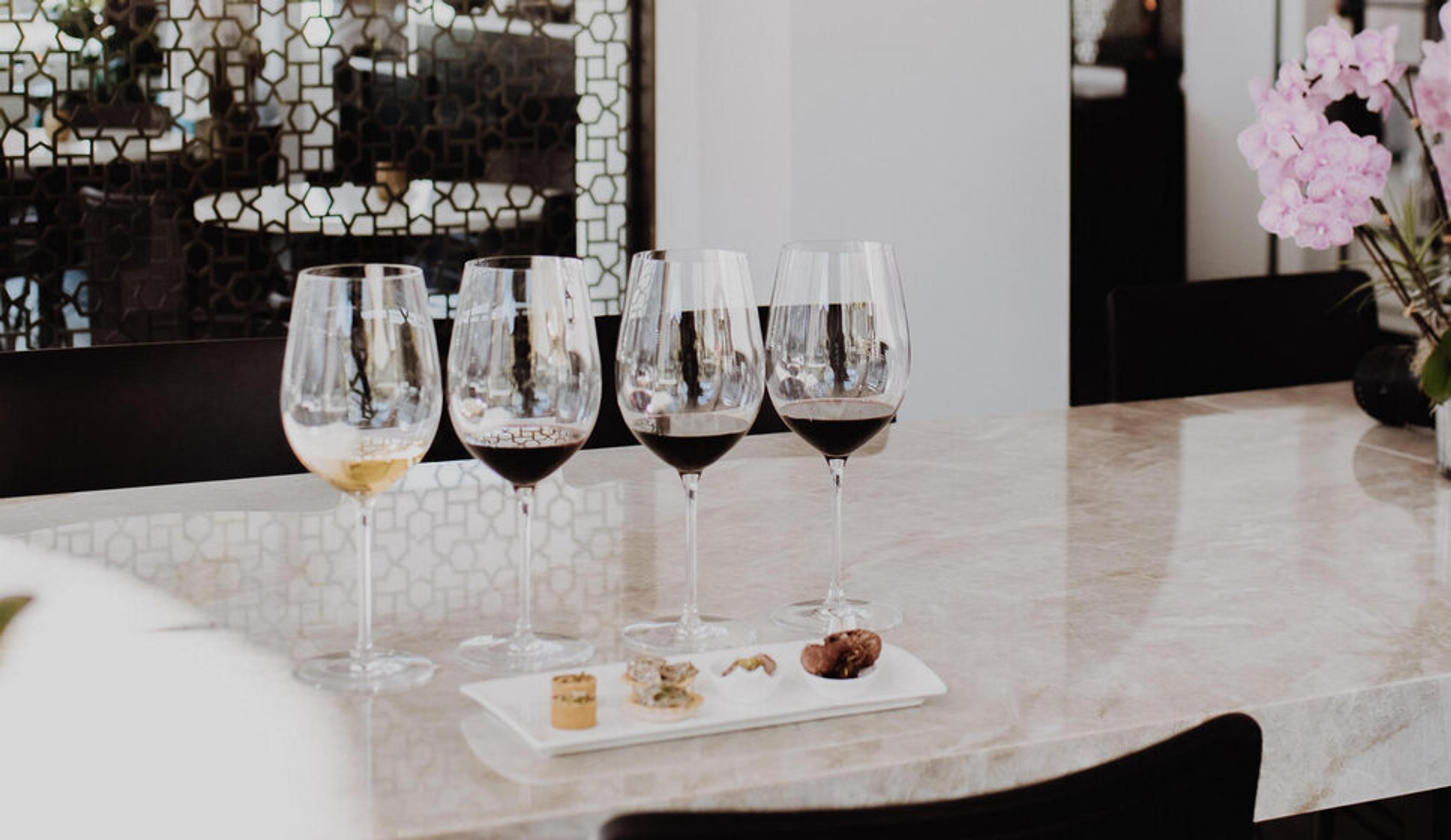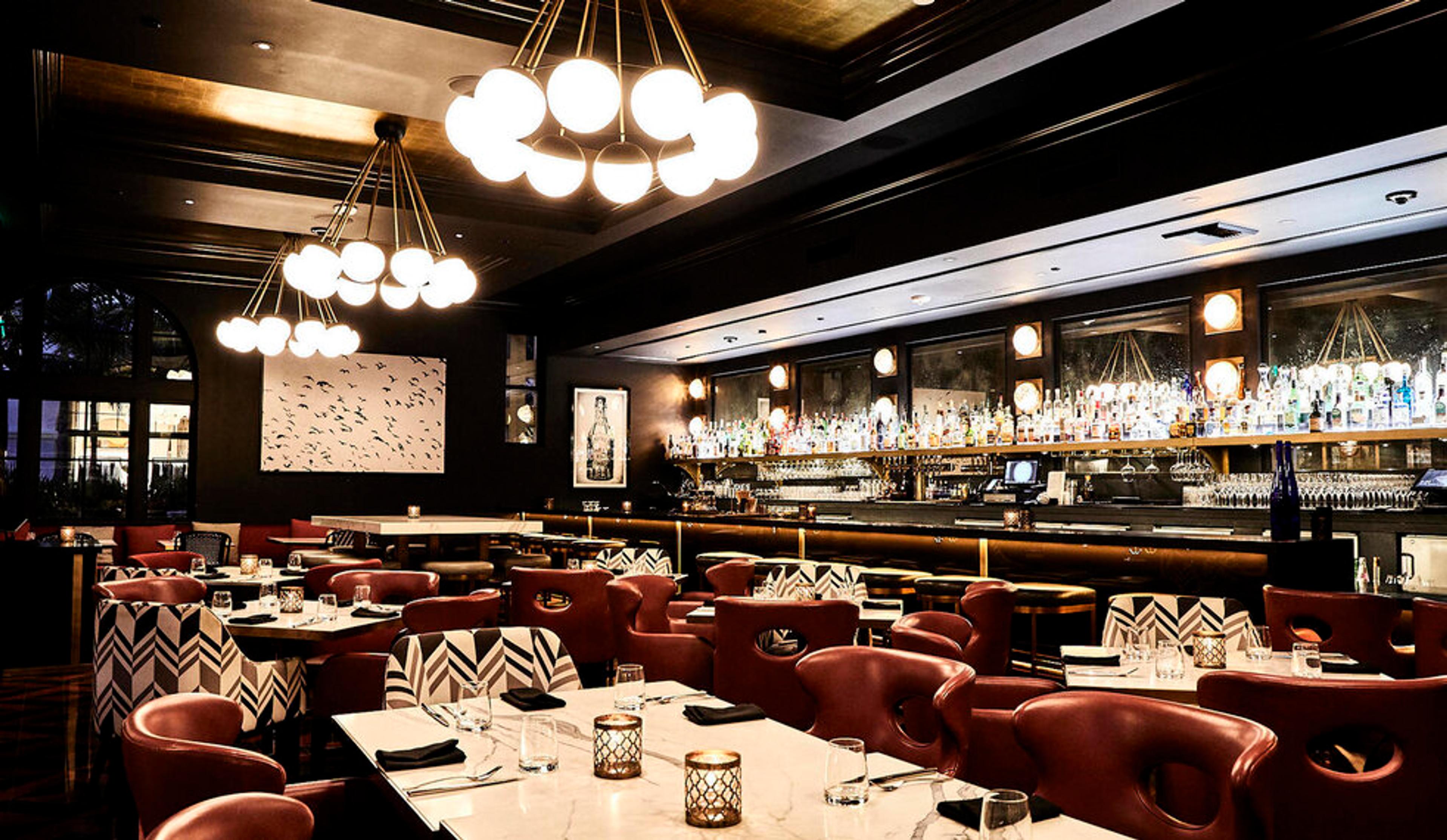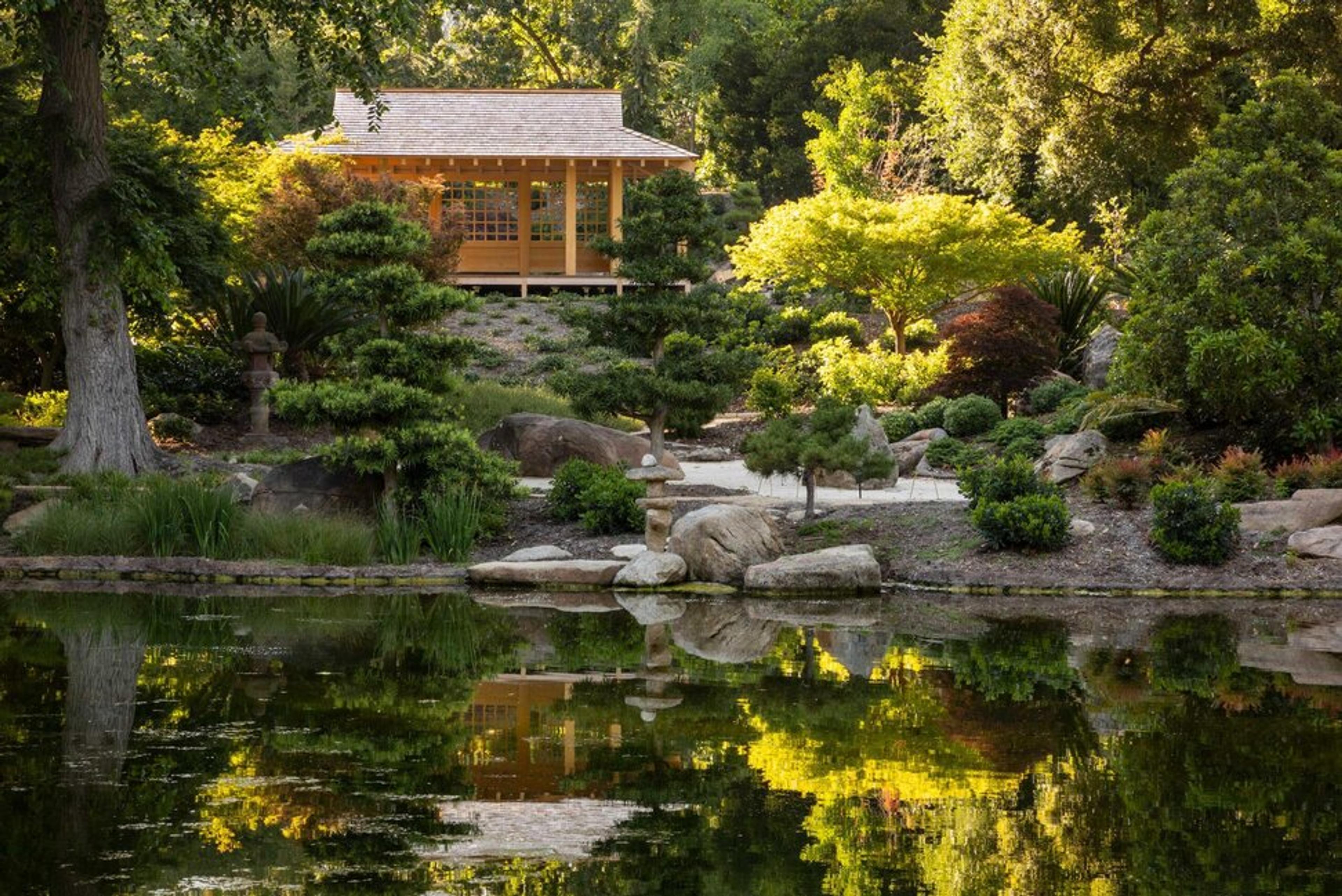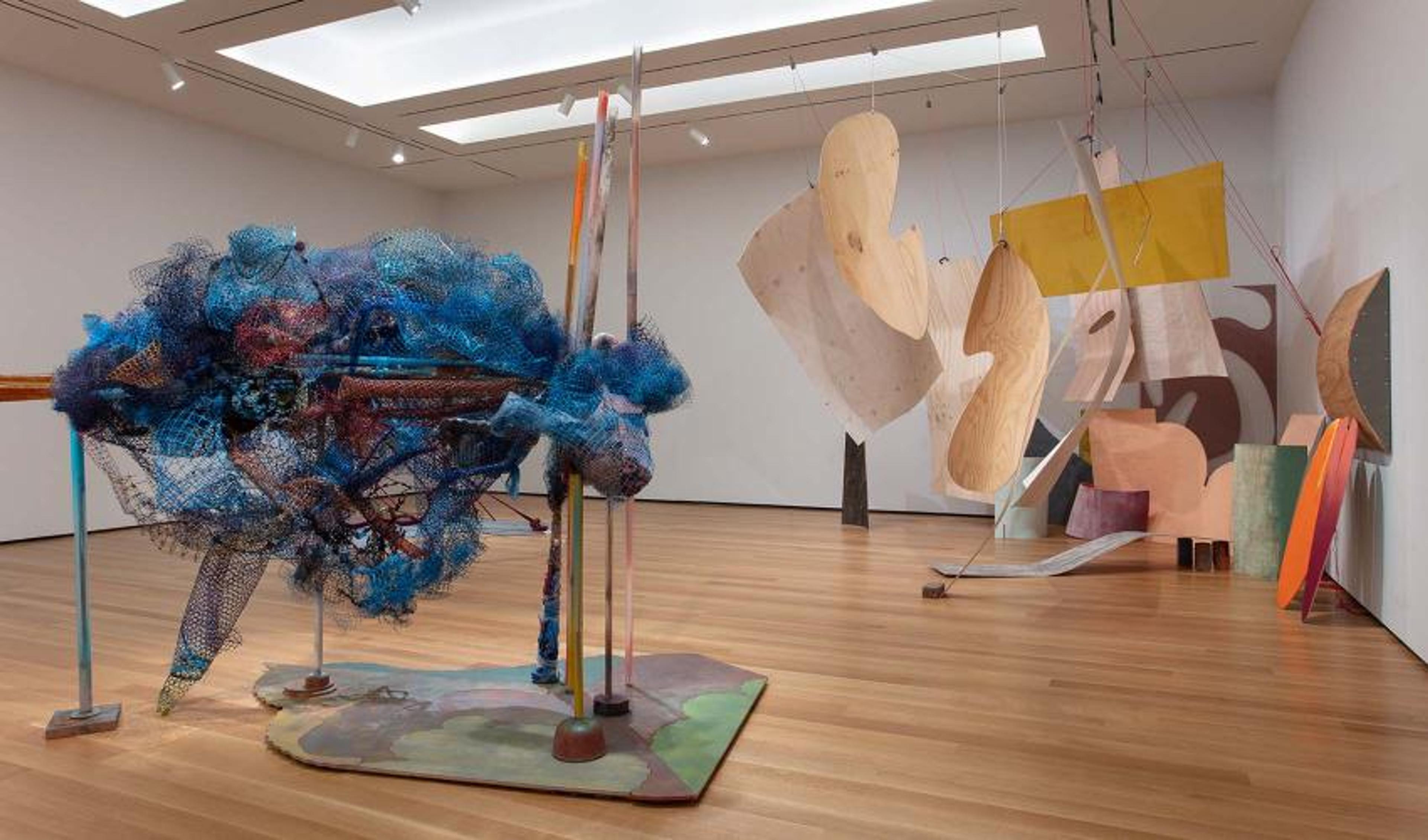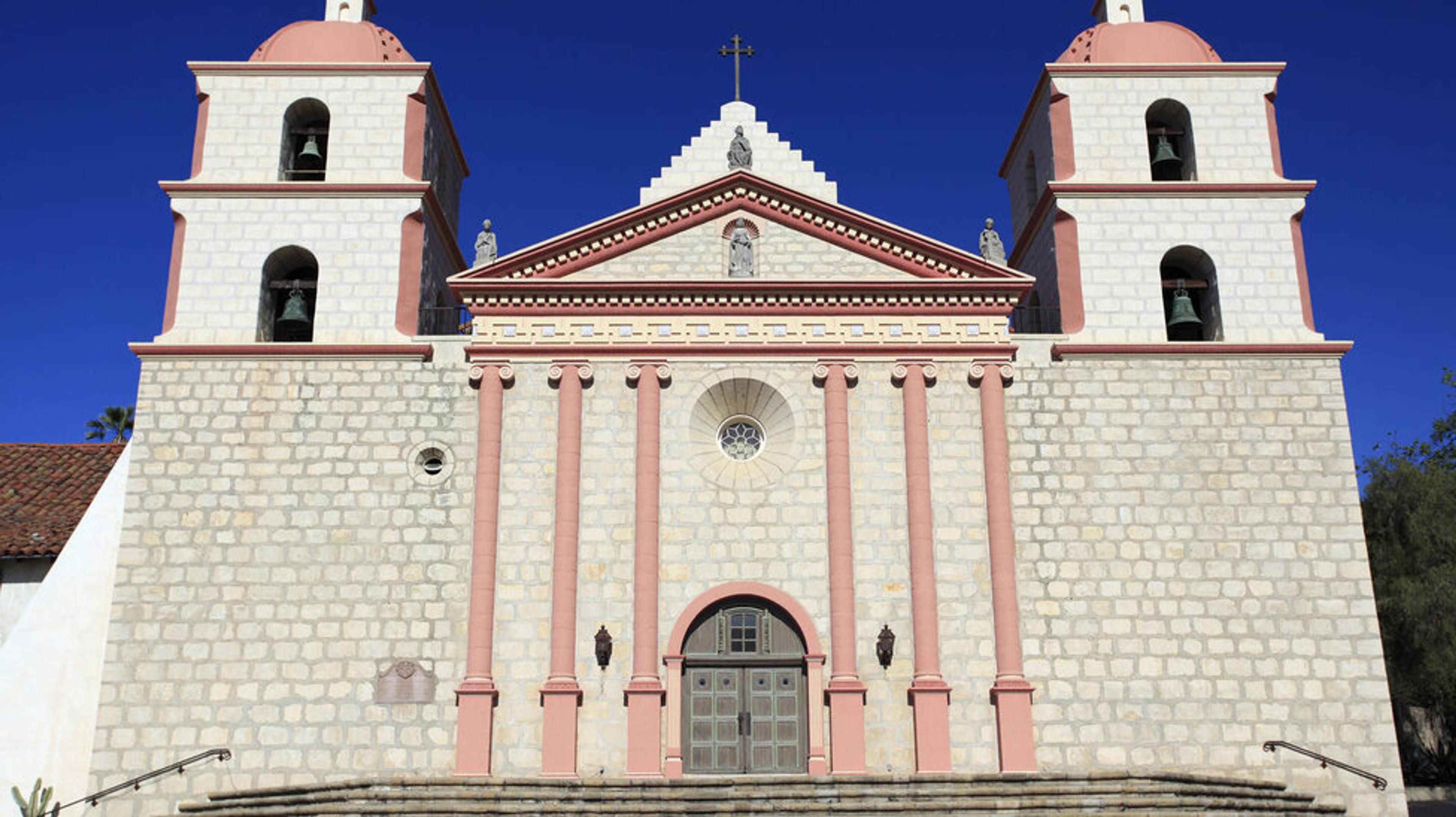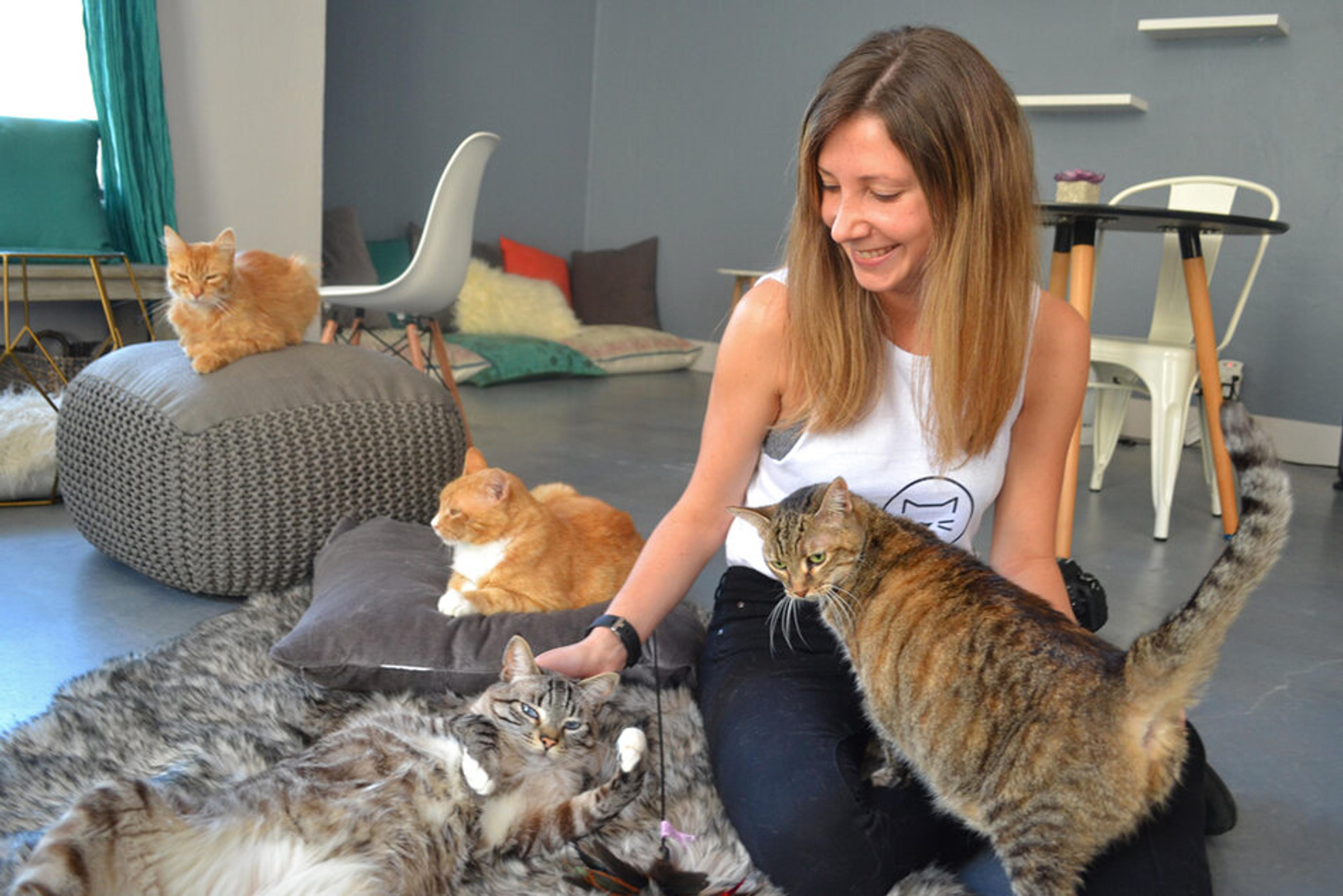Throughout his illustrious career, René Lalique had always been a pioneer. During his time, his creative flair and his crystal know-how was second to none, earning him the title of ‘inventor of modern jewellery’ . A constant innovator, René Lalique carved out a special place for himself as one of the greatest names in the world of French Decorative Arts. Today, the name Lalique has become synonymous with the French art of living and evokes the brilliance and wonder of both jewellery and crystal.
130 years have passed since René Lalique opened his first boutique on Rue du Quatre-Septembre; and it is exceedingly clear that his modern day counterpart, Silvio Denz, shares in his pioneering spirit. Since acquiring Lalique in 2008, Silvio Denz has extended the world of Lalique into previously uncharted territories. In the last ten years, he has opened more than 30 flagship stores and boutiques, launched Lalique Art and Lalique Maison, opened the Lalique Museum in Wingen-sur-Moder, opened the Villa René Lalique, the Château Hochberg, and most recently, the Château Lafaurie-Peyraguey in the Sauternes region of France.
In conversation with Silvio Denz, we discuss his passion for creative excellence, and how this passion seeps through every one of his endeavours. We talk about his admiration for the creative genius of René Lalique, and the special legacy he has left behind. A legacy, that in the hands of Silvio Denz, will live on for generations to come.
In 2008, Art & Fragrance acquired the famed Lalique, which has become synonymous with creative excellence and the French art of Living. In what ways do you think Lalique has changed since then?
René Lalique was an innovator and worked in many areas during his career; gaining recognition as one of the leading designers of the late 19th and early 20th centuries. His work spanned jewellery, perfume bottles, tableware, decorative, and architectural objects. As we celebrate his 130 year legacy, we are really coming back to the true sense of the brand and building a bridge between past and future. Today, Lalique is a diversified brand that epitomises luxury lifestyle in all its forms: from decorative objects, glasses, decanters, jewellery, art, fragrances, interior design, hospitality, and gastronomy.
Lalique’s crystal know-how has been ongoing for the past 130 years and is unlike anything else in the world. How are you marrying Lalique’s heritage with the modern innovations of the future? How are you keeping this heritage alive?
René Lalique’s creative genius is at the centre of our inspiration. With admiration and respect for his artistry, we continue to innovate in all areas of our business. Since the acquisition of Lalique in 2008, well over 20 million euros has been invested in overhauling the factory and optimising processes. We keep our heritage alive by creating new collections as well as reinventing classic models (such as the legendary Bacchantes vase which was designed by René Lalique in 1927) in new colours and finishes.
Over the past ten years, we have opened more than 30 new flagship stores, boutiques, and showrooms worldwide. We also work with partners like Singapore International Airlines – which was just voted the best airline in the world for the 5th time in a row. We also work with different luxury brands, artists, and designers, who share the same values and standards of quality as we do, by using age old techniques and designs in new ways. All of these efforts keep our heritage alive.
2011 was a momentous year for Lalique. After the acquisition you launched the Lalique Museum in Wingen-sur-Moder and Lalique Art. What inspired you to expand the world of Lalique and what has the reception been like?
I acquired Lalique on Valentine’s Day, 2008. Prior to that, I was a passionate collector of Lalique and admired René Lalique, who in my opinion, was one of the greatest creative forces in the world of French decorative art. In July 2011, we opened Lalique Museum in Wingen-sur-Moder, Alsace; which is the site of Lalique’s only production facility even up to this day.
The Lalique Museum is owned by the French State; and I am proud to say that we worked closely with them to open the museum and enhance the collections. An exceptional architecturally designed building, the museum houses more than 650 objects created by Rene Lalique. It is a testament to his lasting legacy, that it now attracts around 70,000 visitors per year.
Lalique Art places the expertise of Lalique at the disposal of major contemporary artists, designers, and cultural foundations. In recent years, Lalique Art has created outstanding crystal artworks based on sculptures by Yves Klein and Rembrandt Bugatti, crystal architecture collections with Zaha Hadid and Mario Botta, as well as contemporary artists like Damien Hirst and Anish Kapoor.
This June you opened the new Lalique hotel and restaurant – Château Lafaurie-Peyraguey. Could you tell us more about the new hotel?
The Hotel Lalique at Château Lafaurie-Peyraguey is a sumptuous hotel and gourmet restaurant in the Sauternes region. This region has the greatest concentration of first-growth terroirs, particularly Premiers Grands Crus Classés. It opened its doors on the 400th anniversary of the estate and is a place where four worlds converge: wine, crystal, gastronomy and hospitality — all combining to serve the senses. Rising to the gastronomic challenge is our brilliant Head Chef Jérôme Schilling, who began his career working with all the great names of French cuisine. The Château’s four cellars are home to a collection of red and white wines and a heritage of 350,000 bottles, that include rare nectars alongside humbler vintages.
Offering three suites and ten rooms, the new Hotel Lalique ensures the highest standards of hospitality and gastronomy. I am delighted to share our unique heritage and evoke the emotions created by a Premier Cru Classé. The Château is Lalique’s third establishment, after Villa René Lalique in 2015 (a member of the Relais & Châteaux collection and five-star hotel) and Château Hochberg by Lalique in 2016, both located in Wingen-sur-Moder in Alsace.
Lady Tina Green and Pietro Mingarelli have been Lalique’s design partners for several different Lalique projects. How did this partnership come about?
Like all our partnerships, this was born out of a shared passion and standards of excellence and quality. In 2011, Green & Mingarelli created Lalique Maison, an interior decoration and furniture collection that was inspired by René Lalique’s passion for the Art Deco style. Back then, Art Deco was used to adorn ocean liners, glamorous trains like the Orient Express, as well as buildings and private homes — just as Green & Mingarelli do today with Lalique Maison.
Lalique Art started with a prominent collaboration with the Yves Klein Archives. How do you go about finding the right artists and foundations to partner with?
We partner with prestigious luxury brands and designers who share the same values and standards of quality as us, in order to create unusual objects which draw on this common savoir-faire and expertise. Collaborations with artists such as Damien Hirst are audacious endeavours, which René Lalique himself, who was both a visionary and trend setter, would no doubt have approved.
This year marks a significant milestone in the story of Lalique with the maison celebrating 130 years. Are there any special events and projects we should look forward to?
Aside from our new Lalique Hotel and gourmet restaurant at Château Lafaurie-Peyraguey in Bordeaux, the entirety of Lalique Art’s collaborations will be presented at the temporary exhibition at the Lalique Museum in Alsace until November 4, 2018. We have opened a new flagship store in Ginza, Tokyo and created new limited edition collection for 2018 to celebrate the 130th anniversary. In September this year, we will also be opening a new boutique in Bordeaux.
1. Hirondelles Grand Vase, sapphire blue, Platinum stamped
2. Muguet Bracelet, clear crystal, silver
3. Charmante Ring, clear and black crystal, silver
4. 1928 Between Finger Ring, clear crystal and marble glass, plated in 18k pink gold and silver
5. 1927 Necklace, clear crystal plated in 18k yellow gold
6. Hirondelles Clock, clear crystal
7. 1927 Double Wrap Bracelet, clear crystal, plated in 18k yellow gold
8. 1927 Earrings, clear crystal, plated in 18k yellow gold
9. 1928 Earrings, clear crystal and marble glass, plated in 18k pink gold and silver
10. Hirondelles Vintage Decanter, Vintage 2018, clear crystal and gold stamped
11. 1928 Bracelet, clear crystal and marble glass, plated in 18k pink gold and silver
12. Hirondelles Earrings, clear crystal, onyx, silver
13. Hirondelles Paperweight, gold luster

